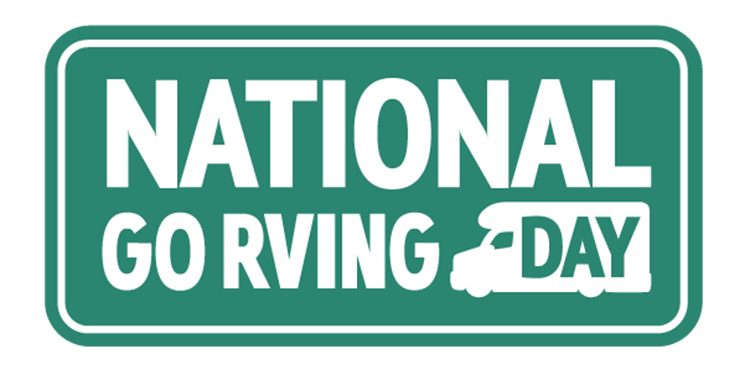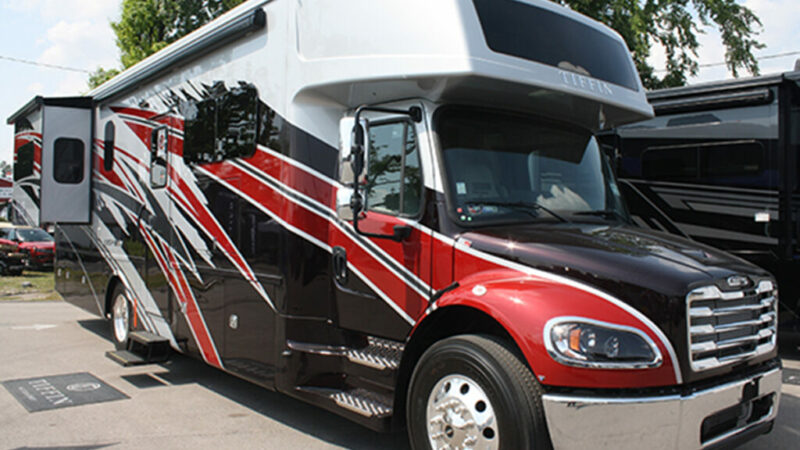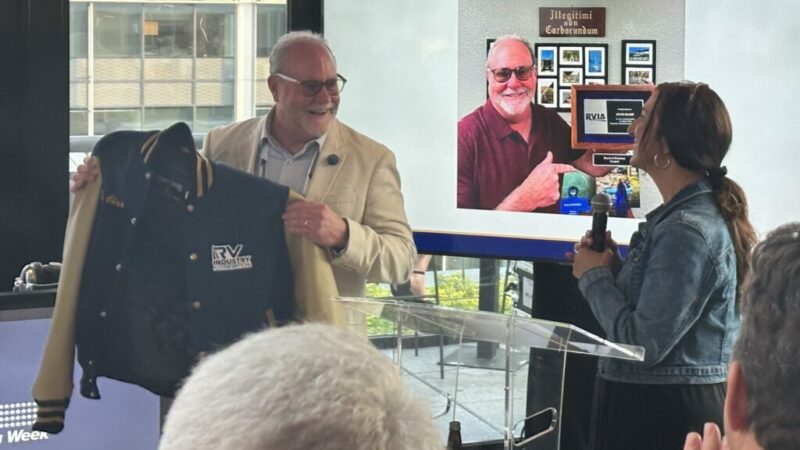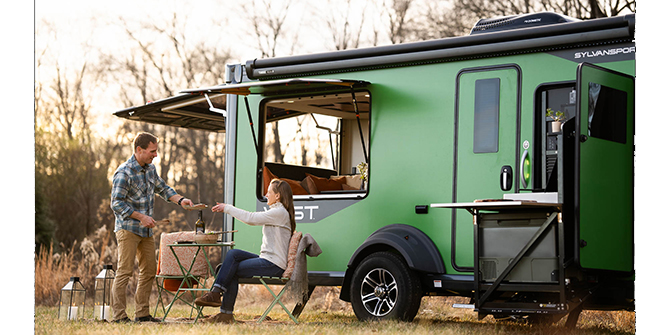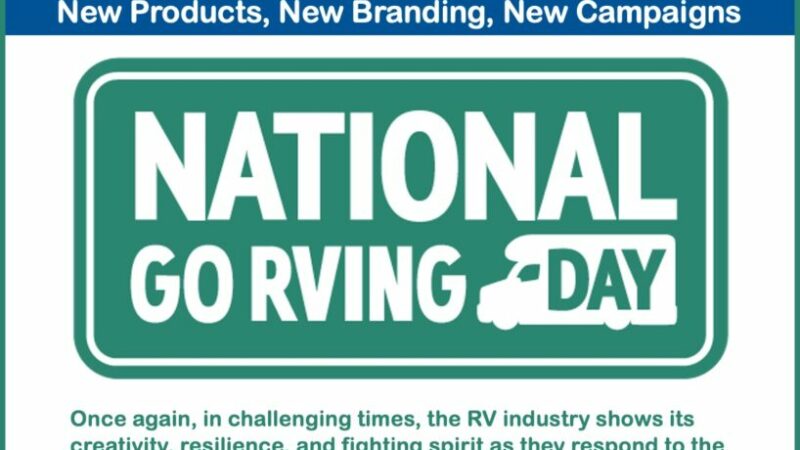Lippert: Retail is Stabilizing at ‘Historically Strong Levels’

Jason Lippert
While noting 2022 marked another record year for the company – highlighted by a record of $5.2 billion in net sales – LCI Industries President, CEO & Director Jason Lippert credited the company’s diversification strategy for helping to “partially offset the impact of OEM production shutdowns” in the fourth quarter as the industry looked to normalize RV inventory levels.
“I do want to emphasize that retail demand has slowed, but is stabilizing at levels that are still historically strong. Data like retail traffic and purchases from recent RV shows have proven to be a bright spot in an otherwise challenging macro environment, giving us confidence in the industry moving forward,” Lippert told investment analysts Tuesday (Feb. 14) following the company’s financial performance report.
For the industry as a whole, Lippert said the company is projecting between 370,000 to 390,000 units for retail sales, while wholesale shipments are forecasted in the 325,000-to-350,000 range.
Looking at the company’s performance in the North American RV market, Lippert – who was joined on the conference call by CFO Brian Hall – added that sales increased 17% during the year compared to 2021, reaching $2.8 billion despite lower production levels in the back half of 2022.
Industry wholesale RV shipments for 2022 totaled roughly 490,000 units, and Lippert indicated the company expects “some further softening in 2023” as demand continues to normalize and come off all-time highs. January and December were rightsizing months for the industry, as industry OEMs took a majority of these two months off to allow inventories if the dealers to rebalance, he said.
Lippert said the company continues to work closely with OEMs to stay aligned with the changing production levels. The company has worked to adjust costs as well as capacity, he added, leveraging operational improvements implemented in the past years, as well as making some cuts.
“Overall, we’ve cut $370 million of cost out of our structure since RV industry volumes started to decline during the second quarter of 2022,” Lippert said, adding that the company has been able to shift some of its manufacturing costs to other areas of the business that are running strong.
What follows is an edited account of the Q&A portion of the conference call with analysts.
On the pace of OEMs ramping up production, and activity in the aftermarket parts and accessories sector:
Jason Lippert: Regarding the ramp up or just where the industry is going from where we’re at, obviously, we’ve been in ramp-down mode and just trying to get to a pace where wholesale is being outpaced by retail. So, we’ve had a couple of hiccups here in November and December, but for the most part, it feels like the next couple of months will be retail outpacing wholesale hopefully longer than that by a pretty fair margin.
We’re still trying to find the bottom, where we’ve got some customers that are taking weeks at a time down between now and into March. We’re hoping after that in the March-April timeframe things will start to tick up. Certainly, all the retail outpacing wholesale that’s going on today is just taking chunks out of dealer inventory, which is where we need to get to see some wholesale orders again.
And on the aftermarket piece, I’d just say that we track all that activity by the minute. And January, just on parts orders from dealers, was up 65% as we said in prepared remarks. That’s dealers calling in, needing replacement parts and parts for service; we just see that activity up significantly right now. We know that trend will continue.
Brian Hall: Just to give you some additional clarity around our expectations, obviously, there’s a lot of uncertainty in the marketplace today. But as we said in our prepared remarks, we’re expecting somewhere between 45,000 to 50,000 units for the first quarter. I mean, that’s far off from when you think about Q1 of last year at 170,000-plus units. But as the OEMs hold production levels – well, hold them down or suppress here temporarily, as Jason said – to let the inventories deplete some, we would then expect that to start to come back up.
Like we said, if you look more in line with 2019, from Q2 through Q4, you’re certainly looking at 85,000 to 100,000 units a quarter. That is what our current expectation is. We continue to hear a lot of positivity from a lot of the dealer base. There are retail sales occurring. So, at some point, as they continue to deplete inventory, there’s going to have to be orders and production to follow suit and replenish inventories in the system.
On trends to be garnered from some of the larger retail shows that have taken place:
Lippert: We’ve talked to a lot of OEMs and a lot of dealers over the last a handful of weeks that they’ve had big shows since Tampa in January. All the traffic commentary around retail traffic and purchases have been really healthy. And I think we’re seeing that being taken out of inventories to rebalance dealer inventories, like Brian said.
There’s been a lot of positive remarks where dealers are seeing inventories come down to healthy level. They’re going to have to buy for the summer selling season; they know it. And I think everybody’s just positioned to get dealers in the best position they can before that starts to happen.
As far as the shows, all signs and commentary have been positive. Retails seems to have stabilized.
I just look at how bad Q4 fell – roughly 70,000 units. If you annualize that, that’s 300,000 units. That’s a layup. So that’s where we feel 330,000 to 350,000 is a good number. For a down year, that’s a pretty damn good number. I think that’s healthy, and we can adjust our cost to get into a good position with that type of volume. But retail staying healthy is the most important thing we are looking at for our industry right now and it’s preparing to stay that way.
On the timing of the model year changeover:
Jason Lippert: There’s a lot of talk around that. The biggest problem right now probably is just the 2022 model year. It was the largest produced model year in the history of RVs. And, obviously, the retail spend has been depleting since, more or less, July of last year.
So, there’s a lot of that product in the pipeline. But we’ve heard all sorts of stories over the last couple of months where the OEMs are doing what they need to do to blow that product out to the dealers and get it in the hands of the retail.
On the other hand, there’s not a lot of that 2023 product being built. So, I don’t anticipate that’s going to be a big issue.
The OEMs and dealers are doing a really good job working together. They both have the same common issue here and both have to collaborate to figure it out. In the past, they’ve done a really good job of that when there’s been that kind of a headwind, so they’ll get through it.
Source: https://rvbusiness.com/lippert-retail-is-stabilizing-at-historically-strong-levels/

